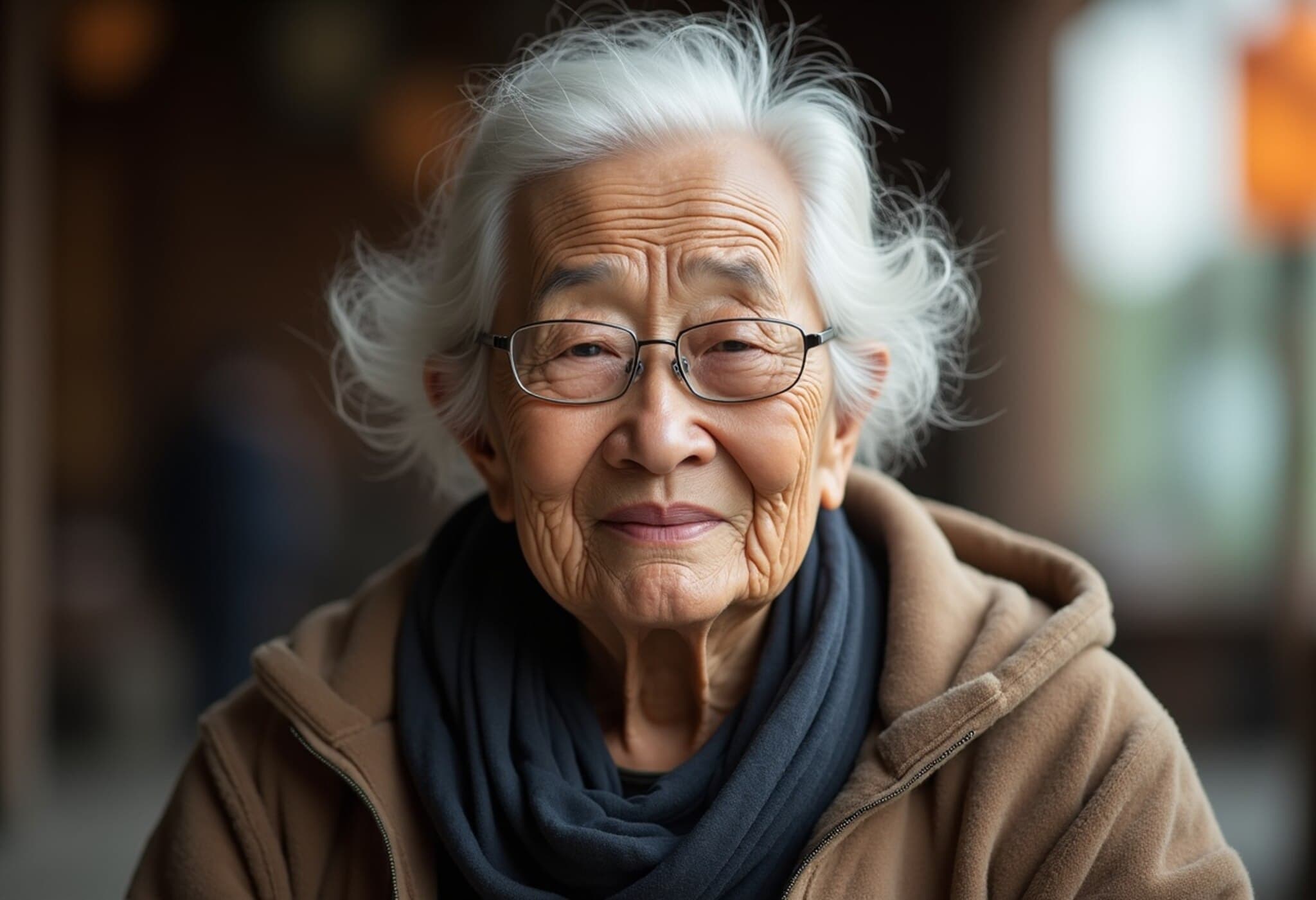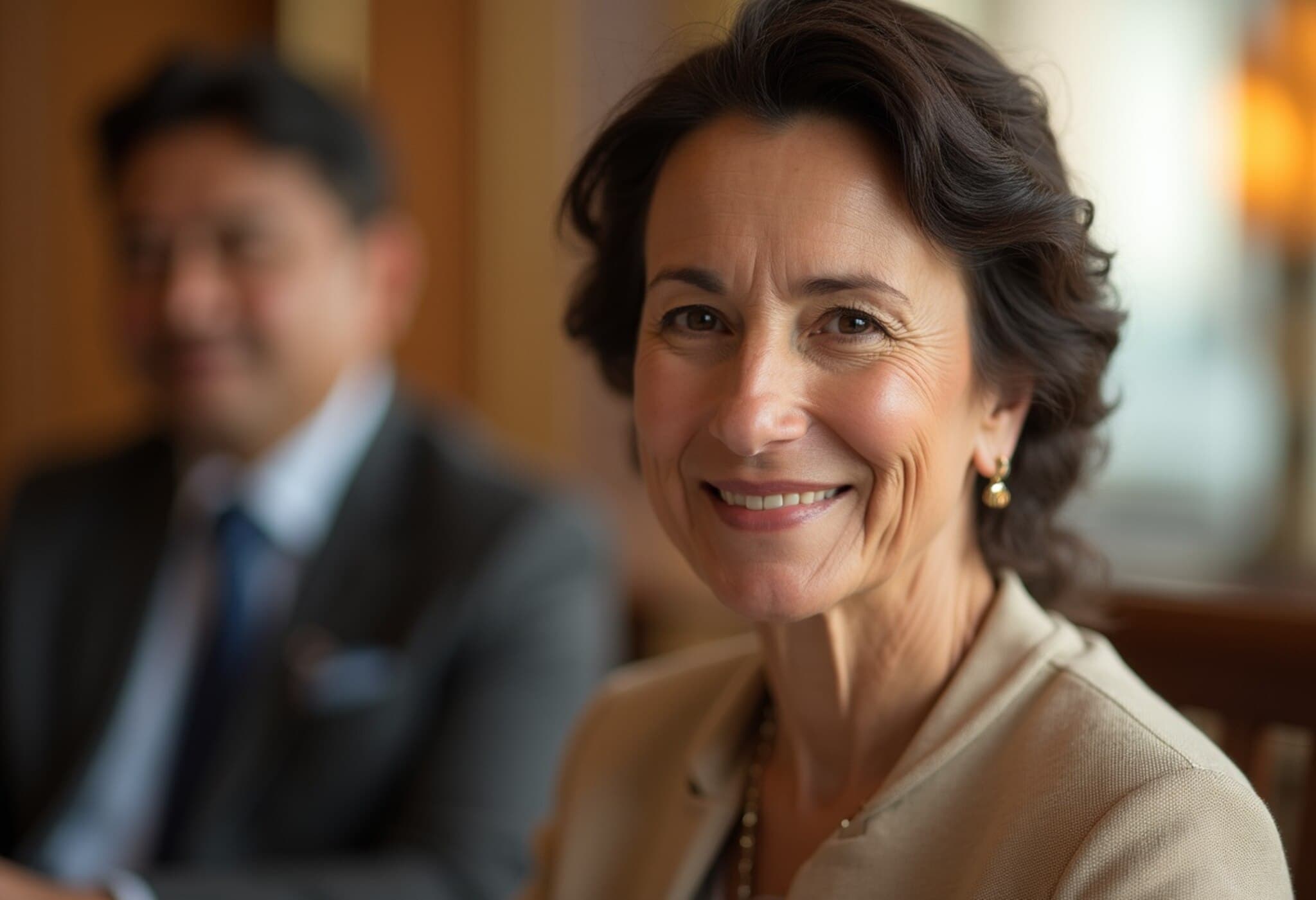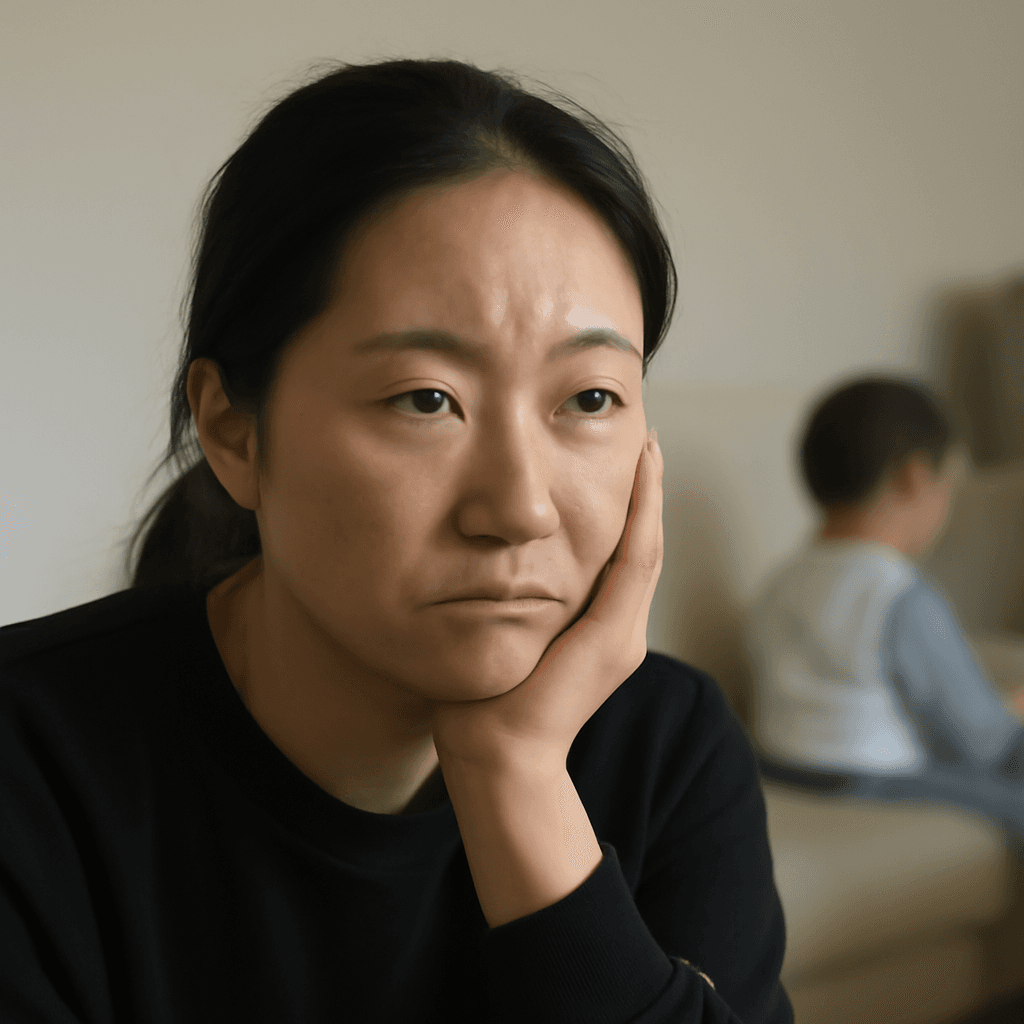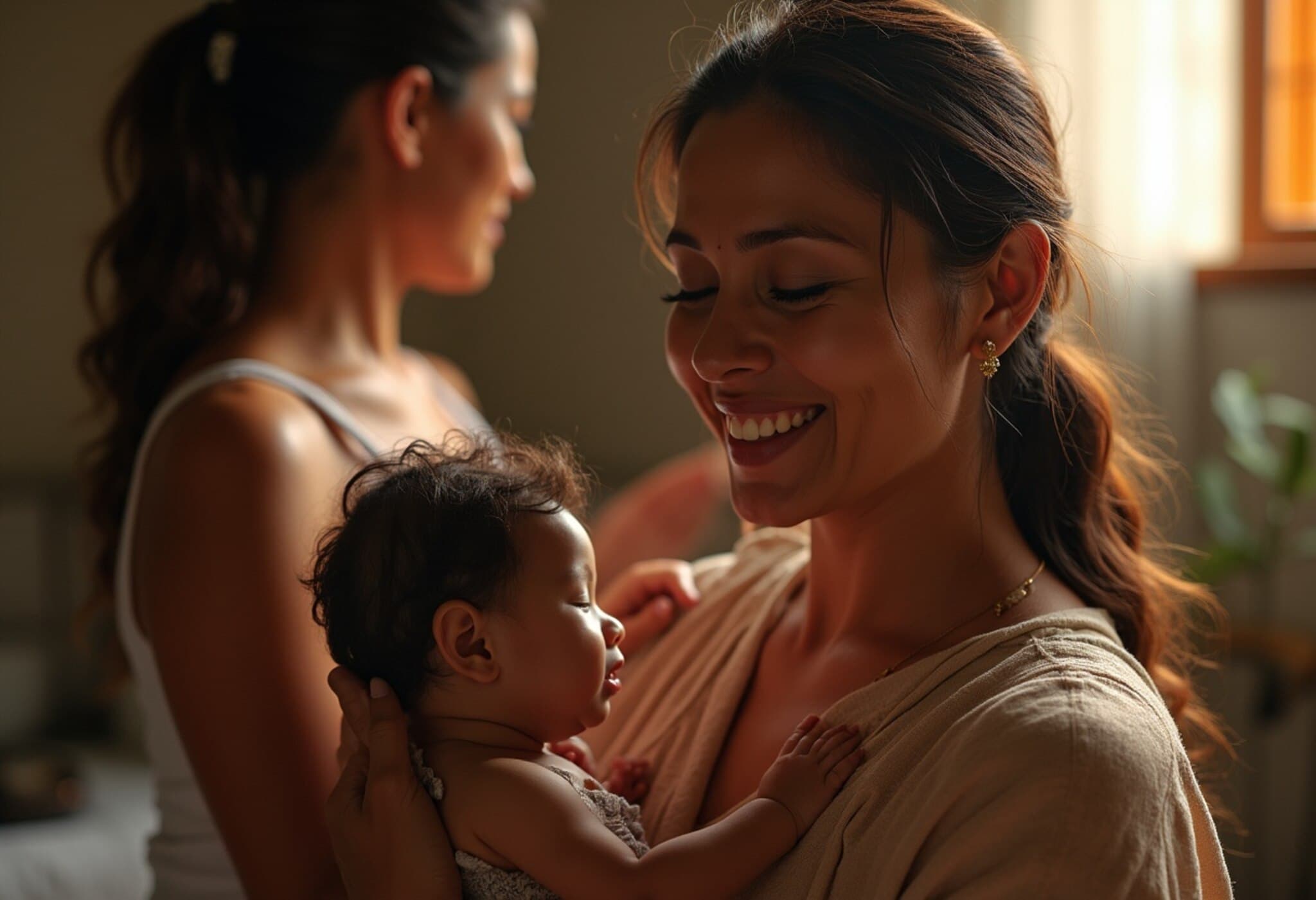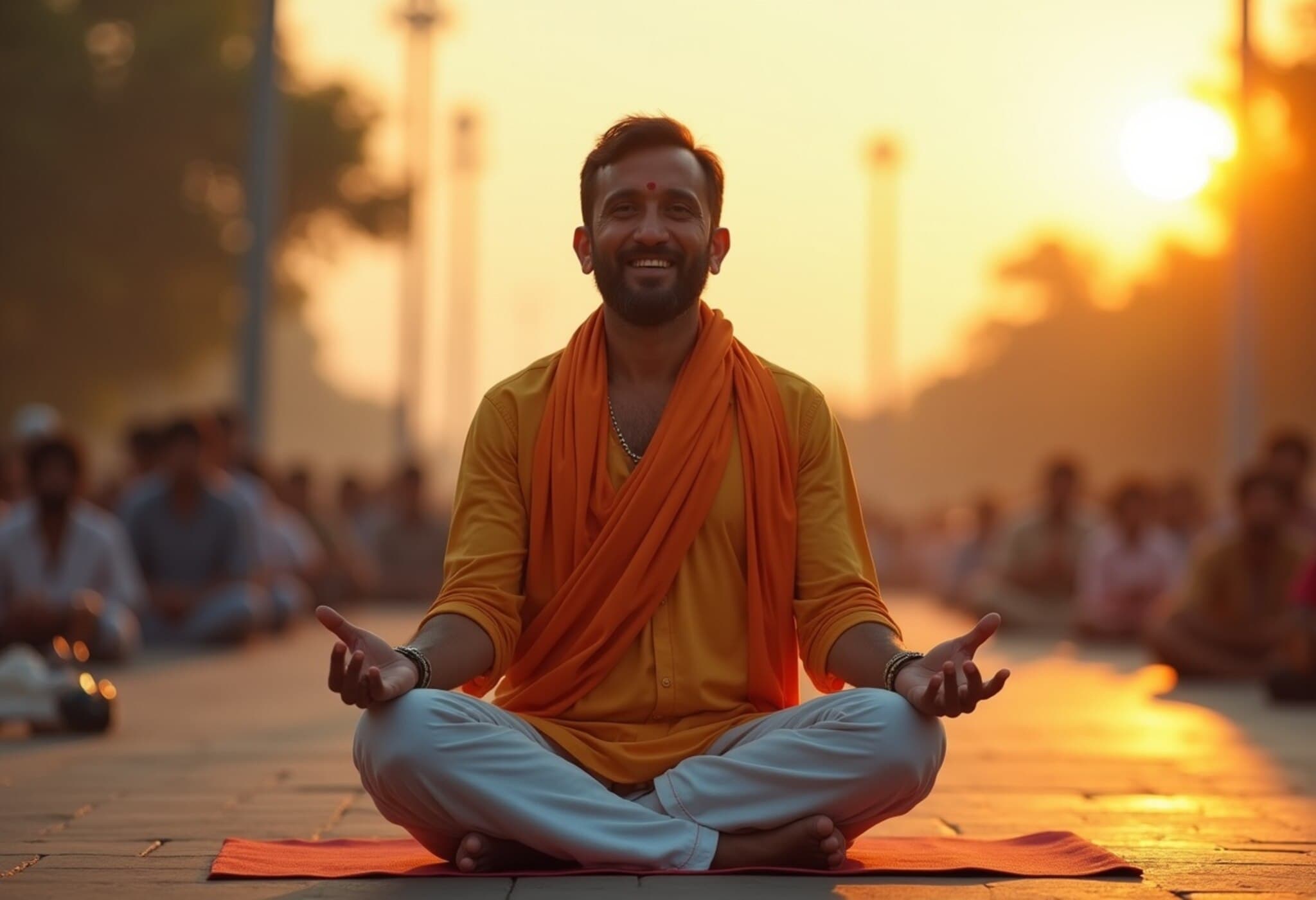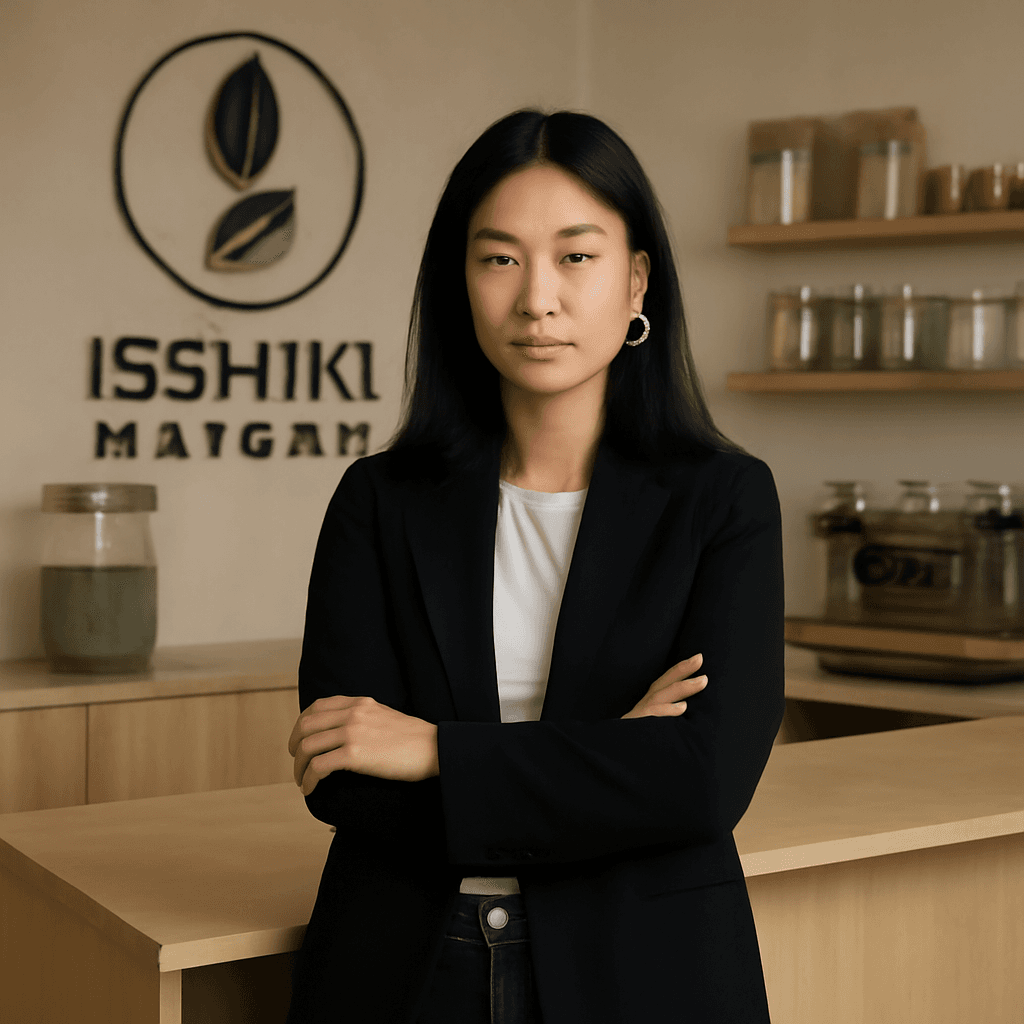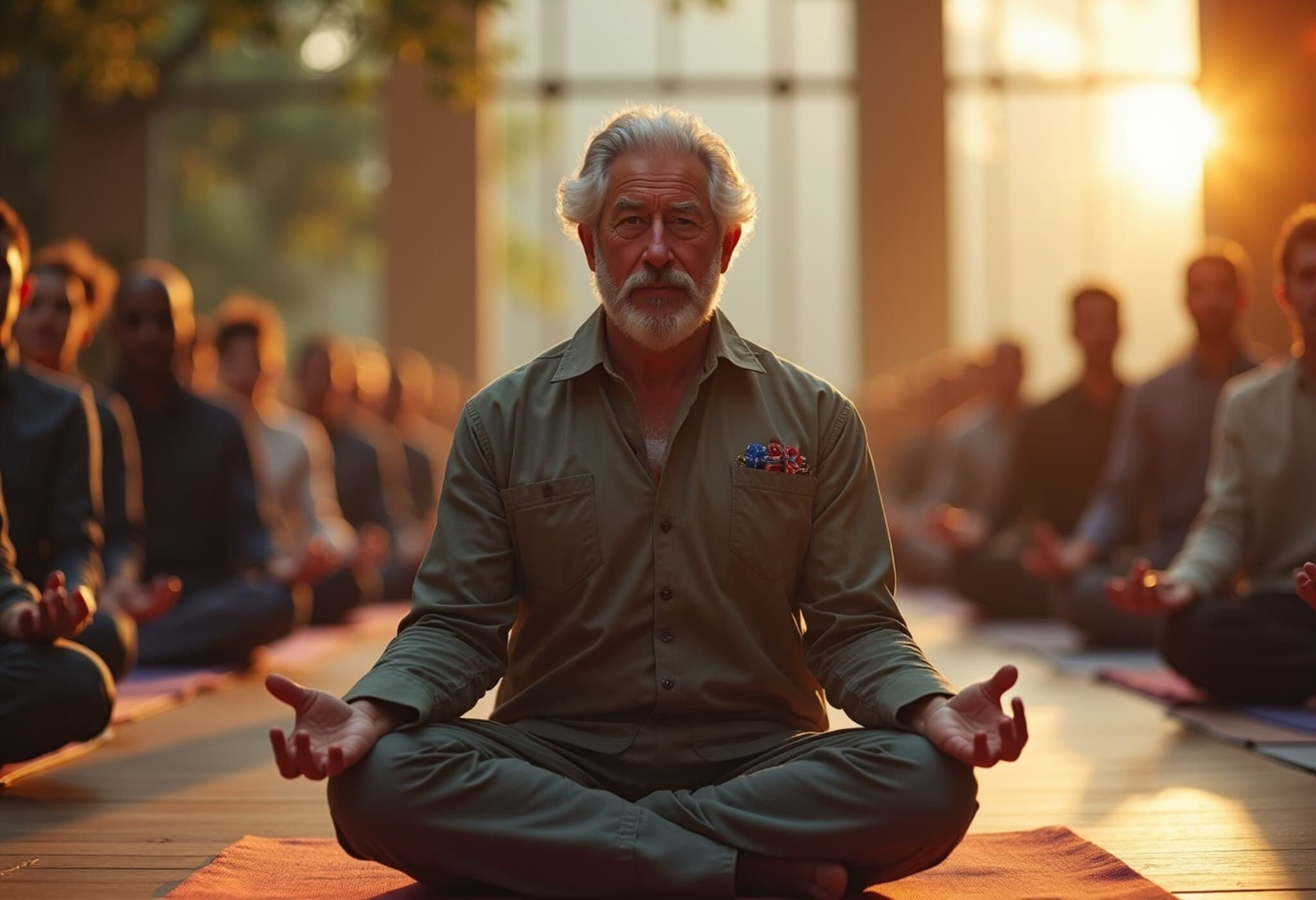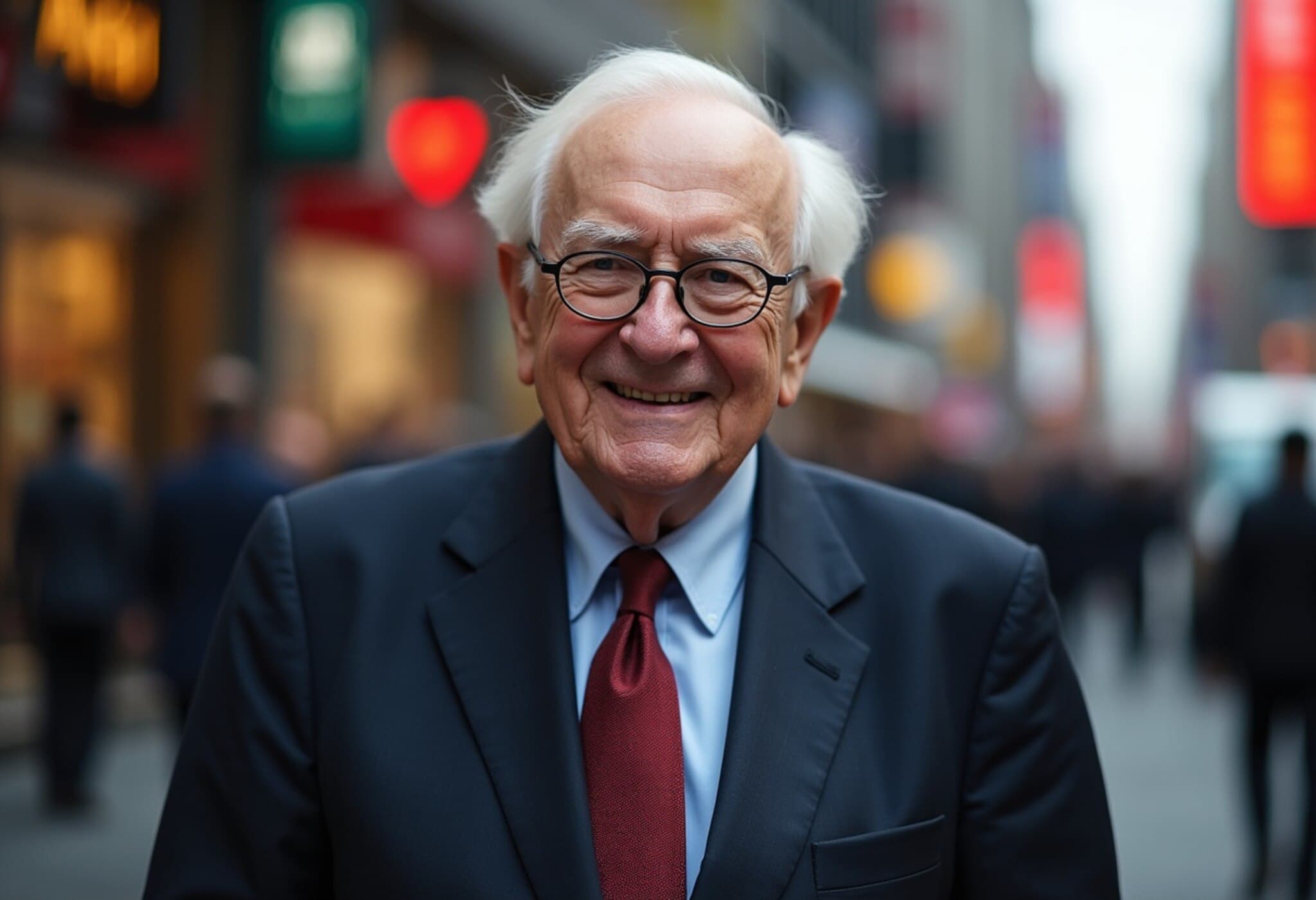Shigeko Kagawa: Japan’s Oldest Living Person at 114
In the realm of human longevity, Japan consistently stands out with a remarkable number of centenarians and supercentenarians. This legacy has now a new torchbearer in Shigeko Kagawa, a 114-year-old retired physician recently recognized as Japan’s oldest living person following the passing of Miyoko Hiroyasu, who also reached 114 years. Kagawa’s extraordinary life story is a mirror reflecting Japan’s cultural depth, evolving healthcare, and nuanced lifestyle that together contribute to the nation's iconic longevity.
Early Life and Remarkable Medical Career Amidst Turbulence
Born in the early 1910s, Shigeko Kagawa grew up in a Japan vastly different from today’s technological powerhouse. Her pursuit of a medical degree at a time when societal expectations largely confined women to domestic roles was not only pioneering but revolutionary. Graduating before World War II, she served as a physician in Osaka during one of the most turbulent eras in modern history — a period marked by war, scarcity, and immense human suffering.
Kagawa returned to her hometown to helm her family’s clinic, dedicating herself as an obstetrician and gynecologist. Her devotion to maternal and women’s health became instrumental in Japan’s post-war recovery, addressing critical healthcare gaps in rural areas. Staying actively engaged in medicine until the age of 86, her longevity is as much professional as personal, underscoring resilience that spans mind and body.
Aged 109 and Still Lighting the Flame of Hope
Even beyond her professional years, Kagawa’s impact reverberated. In 2021, amid the global struggles of the COVID-19 pandemic, she captured global attention as one of the oldest Olympic torchbearers in history, participating in the Tokyo Olympic torch relay. At 109 years old, her spirited involvement was symbolic, not only highlighting the enduring value of the elderly in society but also promoting a powerful narrative: aging should not be synonymous with limitation.
Her embodiment of “ikigai” — the Japanese concept meaning “a reason for being” or purposeful living — inspired many worldwide. Rather than rigid routines or extreme regimes, Kagawa’s secret lies in living freely, joyously, and staying mentally vibrant.
Living Freely: The Simple Yet Profound Philosophy Behind Longevity
In a 2023 interview, Kagawa revealed her longevity secret with charming candor: “I don’t have any [secrets]. I just play every day. My energy is my greatest asset. I go where I want, eat what I want, and do what I want. I’m free and independent.” This approach underscores the vital role of mental well-being and a carefree spirit in adding years to life and life to years. It challenges common Western assumptions that longevity is solely rooted in diet or exercise and highlights psychological freedom as equally indispensable.
Remembering Miyoko Hiroyasu: The Artistic Centenarian Predecessor
Shigeko Kagawa’s recognition comes in the wake of Miyoko Hiroyasu’s passing, who also lived to 114. An artist and educator, Hiroyasu’s life was steeped in creativity, community, and intellectual engagement. Living through nearly the entire 20th century, she found joy in the arts, family, and social activities, keeping her mind and body active until the very end. Their stories collectively add nuance to Japan’s extraordinary centenarian population: longevity thrives on mental engagement, purpose, and social connectedness as much as physical health.
Japan’s Longevity Phenomenon: More Than Just Numbers
As of late 2024, Japan has the world’s highest proportion of elderly citizens, with nearly 29% of its population aged 65 or older, and a significant segment of people above 80 and even 100. This demographic trend is the pinnacle of societal achievement but also signals critical challenges for healthcare, social systems, and economic stability.
Japanese life expectancy, particularly among women, has been attributed to several intertwined factors:
- Wholesome, traditional diet: Rich in fish, vegetables, fermented foods, and low in processed sugars and saturated fats, supporting cardiovascular and digestive health.
- Culturally ingrained active lifestyle: Regular walking, gardening, and community participation keep elderly physically engaged.
- Deep social connections: The cultural respect for elders and strong family and community ties mitigate loneliness and depression.
- Accessible healthcare: Japan’s universal healthcare system enables early disease detection and affordable treatment.
- Psychological resilience through Ikigai: A sense of purpose and joy in daily life sustains mental wellbeing and motivation.
Facing Challenges and Inspiring Solutions
Japan’s aging society prompts urgent policy responses: developments in elderly care robotics, wellness programs, and infrastructure tailored for older adults are underway. The stories of centenarians like Kagawa and Hiroyasu provide living testaments to successful aging, offering templates of how autonomy, joy, and engagement can be preserved even in advanced age.
Moreover, these stories challenge younger generations — not just in Japan, but globally — to rethink approaches to aging, work-life balance, and mental health priorities with empathy and realism.
Expert Commentary: A Model for Global Aging Populations
Gerontologists and public health policy experts worldwide observe that Japan’s integrated approach to aging is unmatched in scale and effectiveness. However, replicating Japan’s success elsewhere requires adapting cultural values, social structures, and healthcare policies to local contexts. The “ikigai” concept especially highlights the importance of purposeful living — a universal principle relevant across cultures.
For American audiences facing their own aging crisis, the lessons to glean include investing in social infrastructure that promotes well-being, supporting mental health alongside physical health, and encouraging meaningful engagement beyond retirement.
Editor’s Note: Insights and Questions
The inspiring life of Shigeko Kagawa does more than celebrate longevity — it invites us to reconsider how purpose, freedom, and joy shape healthy aging globally. As nations grapple with aging populations, the Japanese model balances respecting cultural heritage with embracing innovation.
Key questions remain for policymakers and communities internationally: How can societies foster the mental and social environments that encourage “playing every day,” like Kagawa? What role will technology and community programs play in supporting elderly independence? And most importantly, how can younger generations integrate these longevity principles into their lives, well before reaching centenarian status?
Kagawa’s journey underscores that longevity is deeply human — a tapestry of resilience, purpose, relationships, and freedom — not simply a medical or biological condition.

